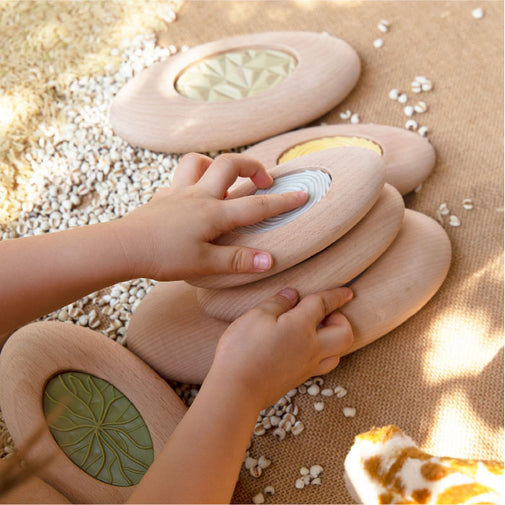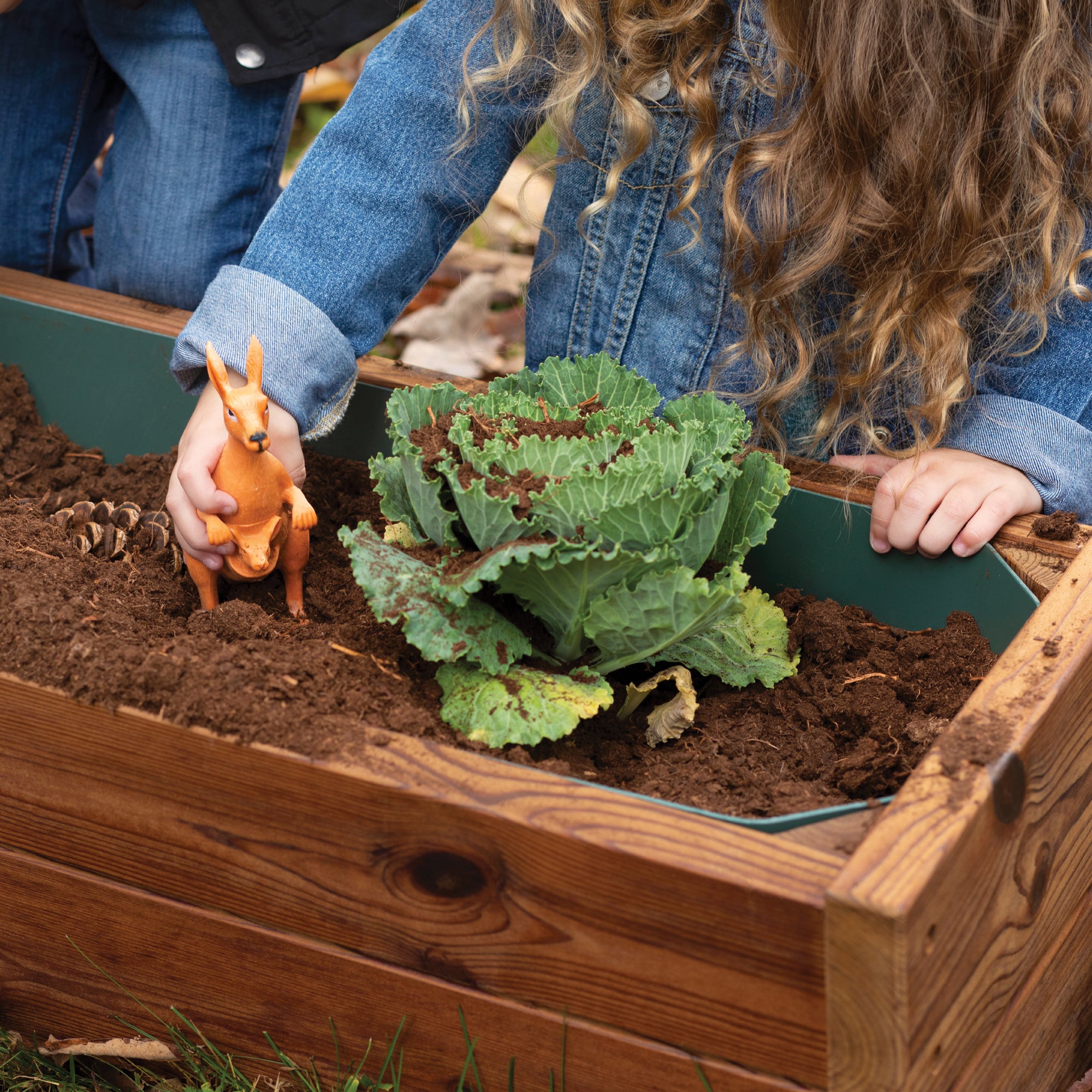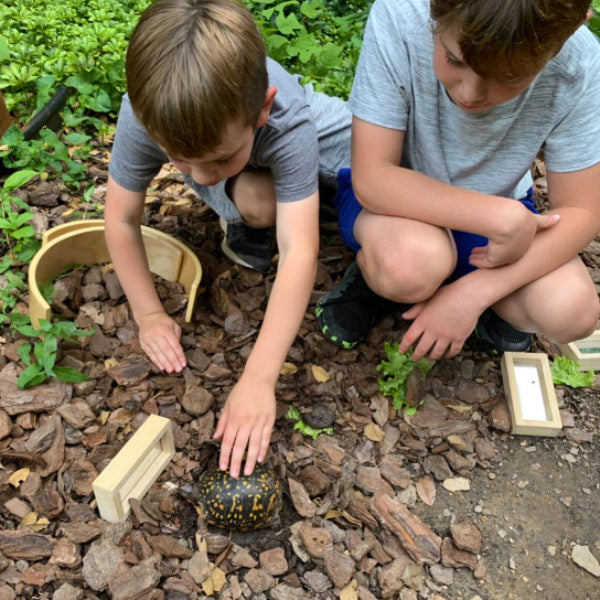Learning with Nature: Awaking a Sense of Wonder

Exploring nature is a surefire way to spark young children’s learning. Children inherently want to learn which is why they’re constantly asking questions. They’re full of wonder and curiosity.
The natural world is an environment rich with possibilities for learning and can help children’s wonder and curiosity flourish. In nature the opportunities for new knowledge and skills are seemingly endless and, when given enough time, nature will always spark a child’s desire to learn. Odd looking insects, plants growing out of rocks, water carving grooves in the soil, and so much more are bound to inspire children’s learning. Learning is happening when you hear a child say “Wow!”, “Huh!”, “That’s weird!”, or “What’s that?” Those phrases are openings for deep learning with nature. Learning with nature is when nature becomes another teacher—providing a richer classroom than even the most careful adult plans ever could.

One key to children’s learning with nature is a supportive and encouraging adult. The role of the adult is to see the hint of curiosity in a child and then encourage them to go deeper. While there are many strategies adults can use there are four which are particularly effective:
1. Allow time for exploration
Adults are always in a hurry, but young children need time to explore. It’s important to slow down and allow children to explore at their own pace—whatever that may be. It’s also important to support children’s learning for days, weeks, and months. This means experiences in nature can’t just be one-time events, but rather need to be frequent and ongoing. If we’re intentional with our language, we can help children make sense of the world now and then build on those experiences over time.
2. Ask open-ended questions
All too often adults sound like they’re on a gameshow with children as we pepper them with mostly useless questions—What color is that?, Which one is bigger?, What do you call that? A powerful shift in adult language is to move from closed-ended questions to open-ended questions such as Why do you think it’s doing that? or How do you think that happened? Open-ended questions prompt children to share their thinking rather than regurgitate isolated facts. Children’s responses not only tell us about the concepts they’re making sense of, but also give us clues as to their interest and what they might like to explore further.

3. Encourage further exploration
While most exploration involves physical interaction with the world. Exploration can also mean exploring the ideas outside of the moment that first sparked interest. For example, if a child finds a feather on the ground, it might make sense to explore the area to see if they find others—why are there so many around? Or maybe look more closely at the feather with a magnifier. On the other hand, further exploration might mean reading a story book about birds. And don’t forget about the more abstract exploration through art, writing, and other creative endeavors. These creations highlight some of the meaning children were making from the experience.
4. Model curiosity
Another important step in supporting children’s sense-making of the world is to model curiosity. Children are always watching and listening to adults. They notice when an adult turns over a rock to see what’s on the underside. They also notice when an adult says, “I wonder what that bird is saying.” By awakening our own sense of wonder about the world we are encouraging children to do the same.

When adults implement these four strategies young children’s learning will be rich and meaningful while also being fun! As such children will never see learning as a chore, but rather an exciting adventure.












